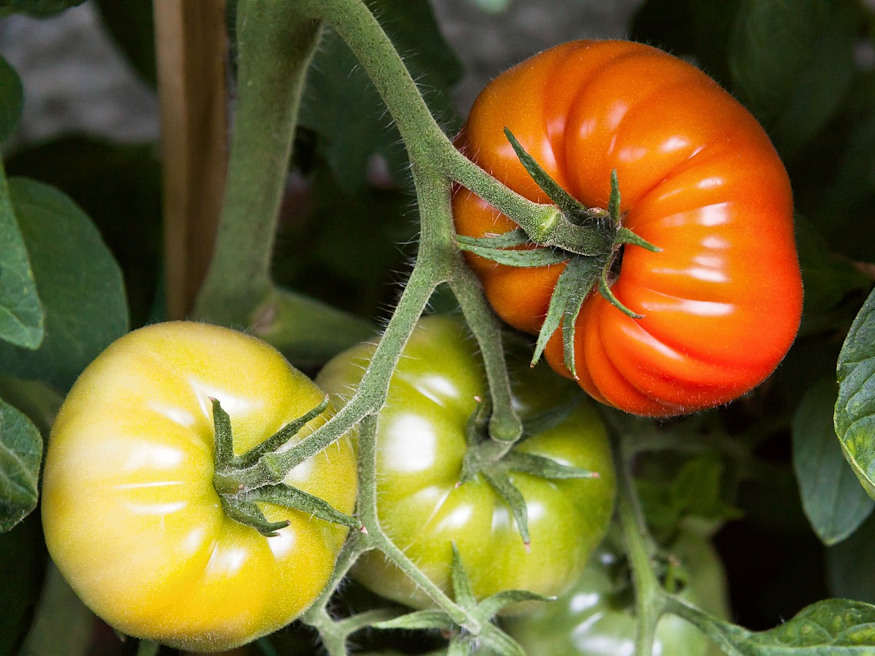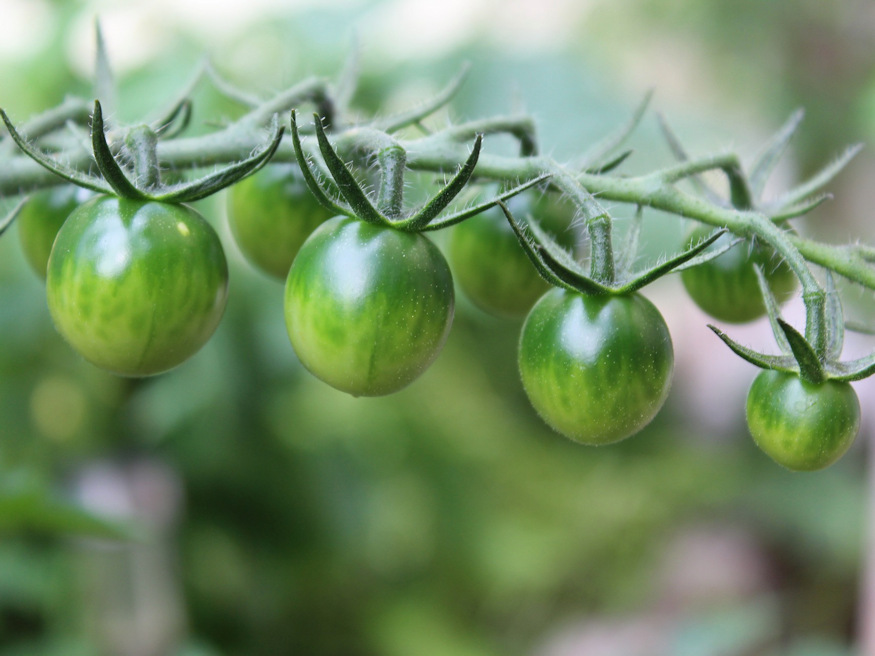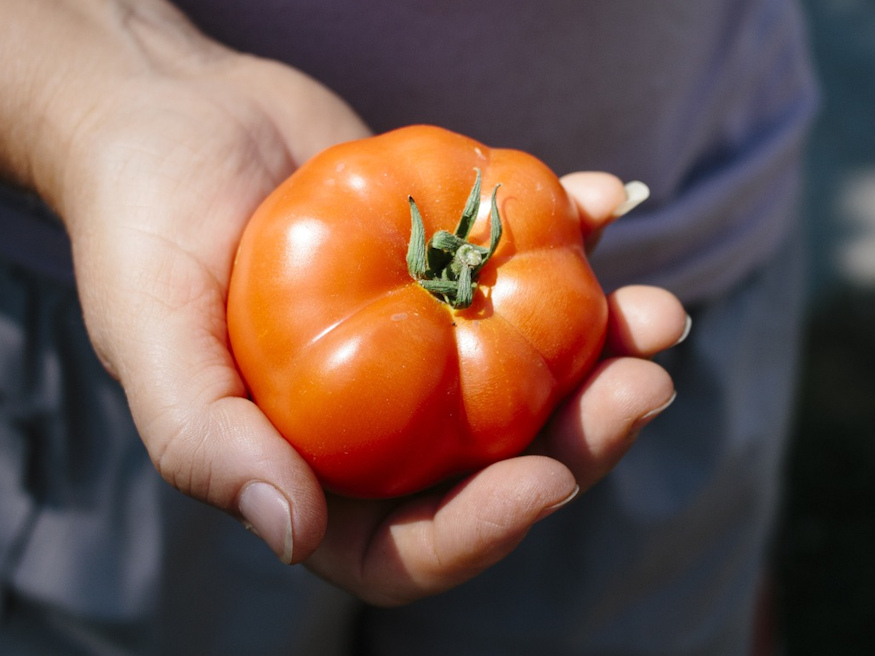Are you a beginner gardener eager to grow luscious, juicy tomatoes in your garden? Look no further! In this article, we’ll provide you with proven tips recommended by professional gardeners to help promote the healthy development of your tomato plants, ensuring a bountiful harvest.
1. Choose the Right Location: Select a sunny spot in your garden that receives at least 6-8 hours of direct sunlight each day. Tomatoes thrive in warm, sunny conditions.
2. Prepare the Soil: Ensure the soil is well-drained, fertile and rich in organic matter. Before planting, amend the soil with compost or well-rotted manure to improve its nutrient content and drainage.

3. Optimal Planting Time: Plant your tomato seedlings after the danger of frost has passed and the soil temperature has warmed up. This is usually when daytime temperatures consistently reach around 15°C (60°F). In most areas, this will be in late spring. Tomatoes are sensitive to cold temperatures, so if planted too early, they may not survive.
4. Proper Spacing: Give each tomato plant ample space to grow. Space determinate varieties about 60-90 cm (2-3 feet) apart, and indeterminate varieties 90-120 cm (3-4 feet) apart to allow for good air circulation.

5. Planting Technique: Dig a hole slightly deeper than the root ball and remove the lower leaves from the stem. Plant the seedling so that only the top few sets of leaves are above the soil. This encourages strong root growth.
6. Watering: Water the plants regularly, providing deep, thorough watering sessions rather than frequent shallow watering. Aim to keep the soil consistently moist, but not waterlogged. Water at the base of the plants to avoid wetting the foliage, which can lead to diseases.

7. Mulching: Apply a layer of organic mulch, such as straw or wood chips, around the base of the plants. Mulching helps retain moisture, suppress weeds and maintain a more consistent soil temperature.
8. Support and Pruning: Tomato plants can get very large and unwieldy, so it’s important to provide support for them to grow upward. Stake or cage your tomato plants to provide support as they grow. Indeterminate varieties, especially, benefit from trellising. Remove suckers (side shoots) that develop in the leaf axils to promote healthy growth and focus the plant’s energy on fruit production.

9. Feeding: Tomatoes are heavy feeders, so it’s important to fertilize them regularly throughout the growing season to ensure they receive essential nutrients. Use a balanced fertilizer that is high in nitrogen, phosphorus and potassium, or incorporate slow-release fertilizer into the soil during planting. Follow the package instructions for application rates.
10. Pest and Disease Management: Monitor your plants regularly for signs of pests or diseases. Remove any affected leaves or fruits promptly. Keep an eye out for common tomato pests like aphids, whiteflies and tomato hornworms. If you notice any signs of disease, like yellowing leaves or black spots, take action immediately to prevent it from spreading. Consider using organic pest control methods or consult with a local garden center for appropriate treatments.
11. Prudent Pruning: If necessary, trim the lower leaves to improve airflow and prevent soil-borne diseases from splashing onto the foliage.

12. Harvesting: Harvest your tomatoes when they are fully ripe. Regularly pick mature fruits to encourage continued production throughout the growing season.
By following these tips, you’ll be well on your way to growing healthy, productive tomato plants in your garden.
Remember, gardening is a learning process, and each garden has its unique characteristics. Observing your plants and adjusting your approach accordingly is key to successful tomato cultivation. Enjoy the journey and the delicious harvest!









